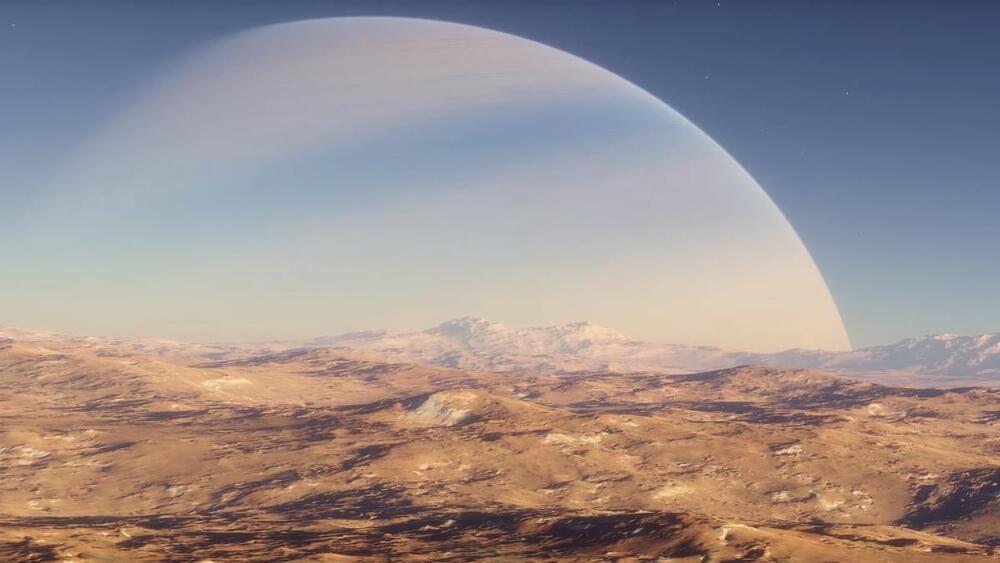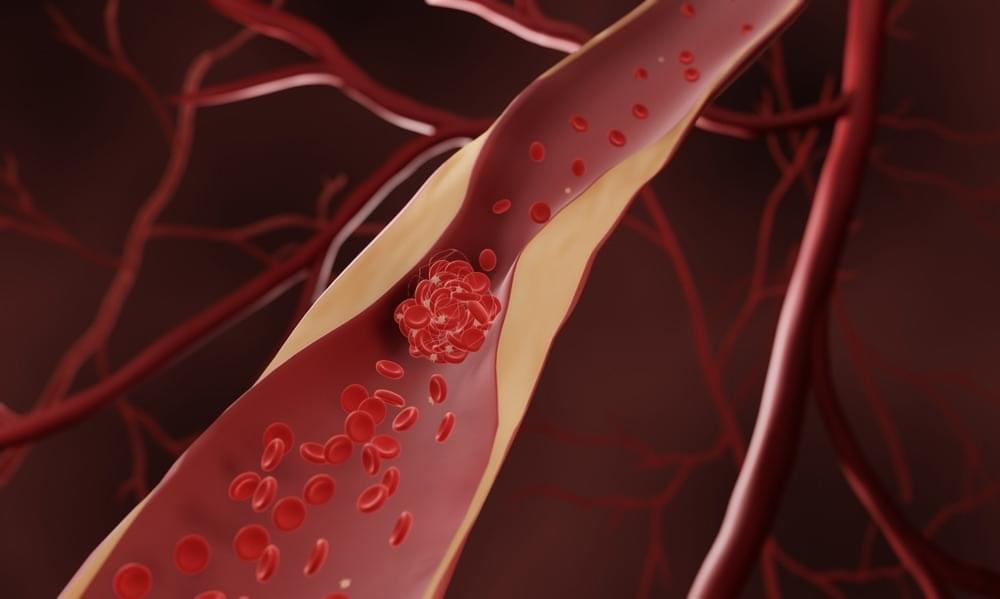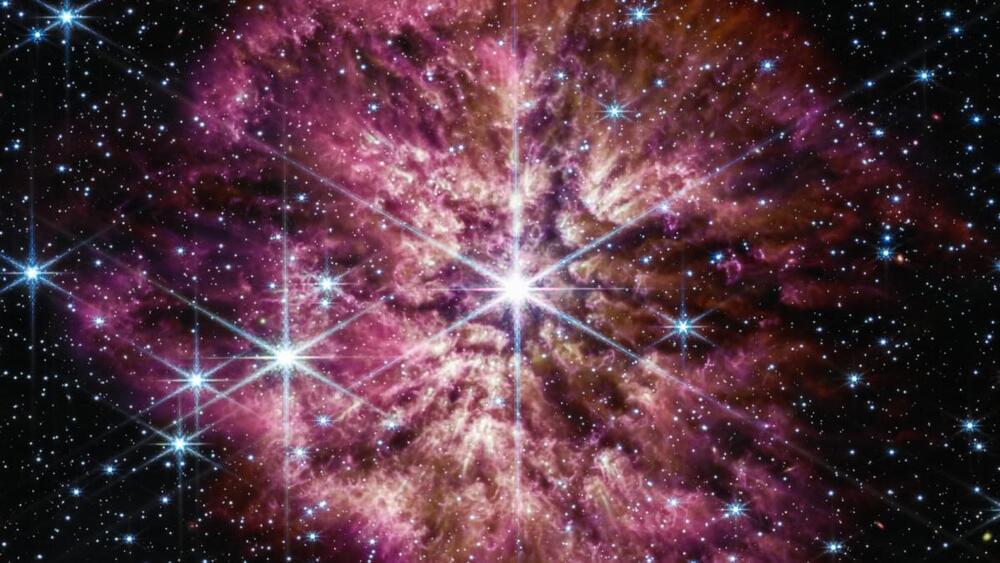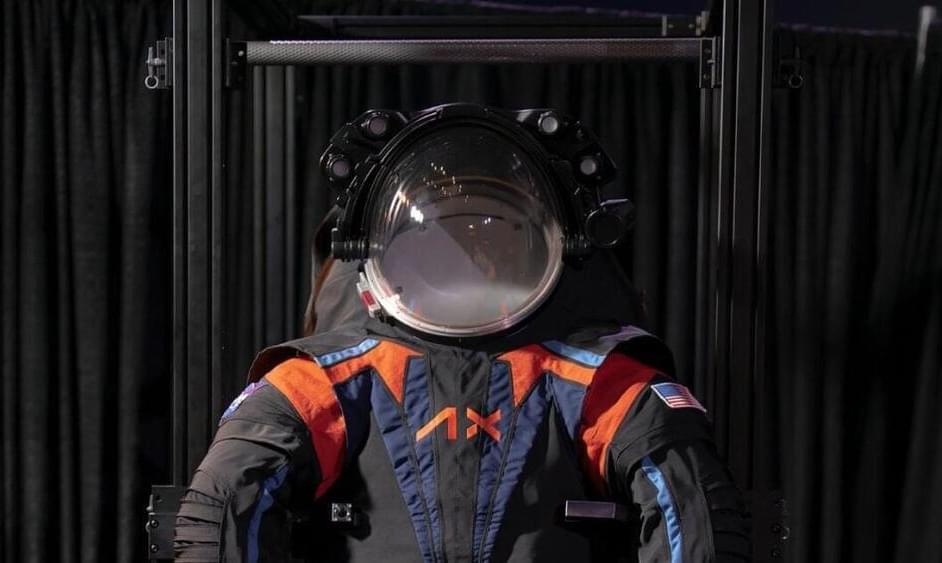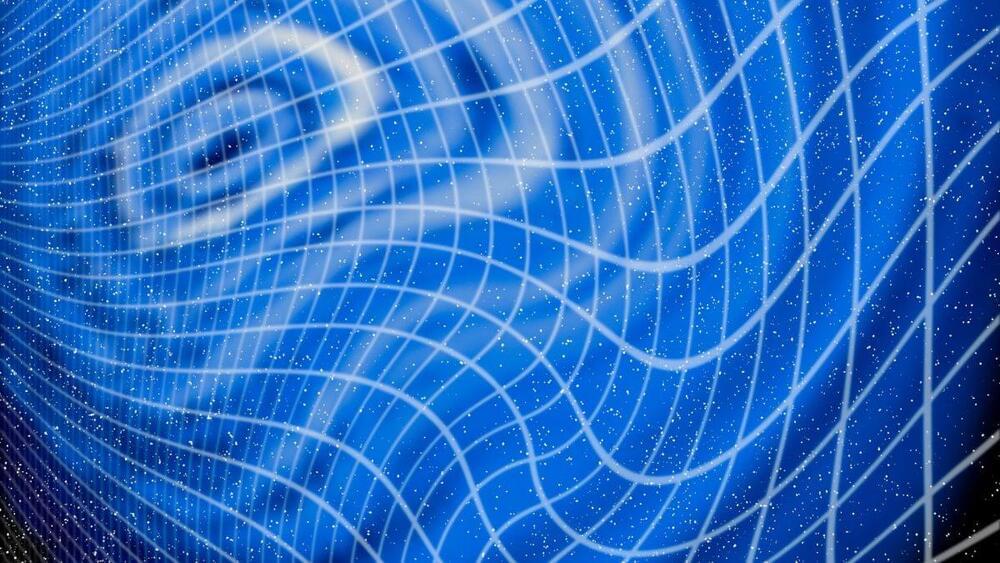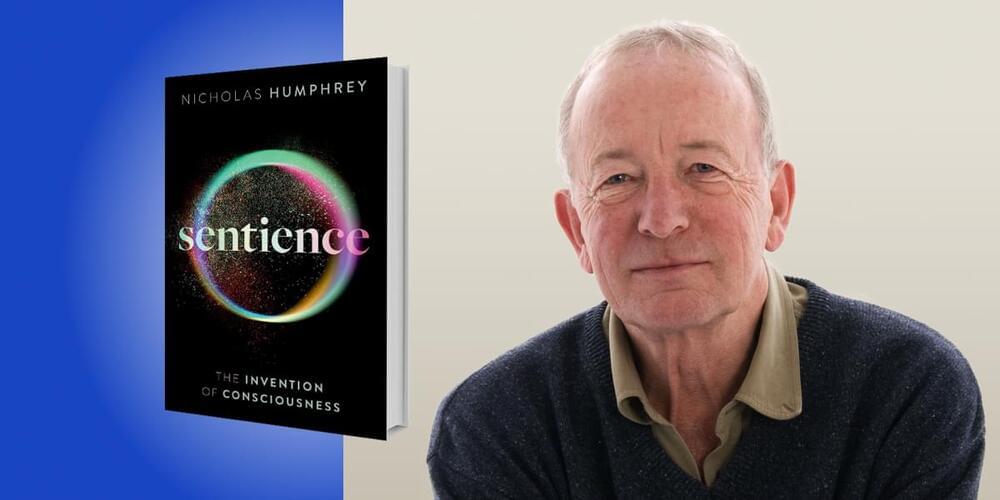Page 2917
Mar 16, 2023
The relationship between intestinal microbiome dysbiosis and atherosclerosis
Posted by Genevieve Klien in category: biotech/medical
In a recent review published in the International Journal of Molecular Sciences, researchers in Canada investigate the impact of intestinal microbiota dysbiosis on atherosclerotic cardiovascular disease (ASCVD) incidence.
Study: Role of the Gut Microbiome in the Development of Atherosclerotic Cardiovascular Disease. Image Credit: ART-ur / Shutterstock.com
Mar 16, 2023
James Webb Space Telescope captures star going supernova in a dazzling cloud of dust
Posted by Genevieve Klien in category: cosmology
NASA’s James Webb Space Telescope has snapped a picture of WR 124, a rare Wolf-Mayet star 30 times the size of our sun, ejecting a luminous cloud of cosmic dust.
Mar 16, 2023
NASA Reveals the Spacesuit Astronauts Will Wear on the Moon
Posted by Genevieve Klien in category: space
The Axiom Extravehicular Mobility Unit (AxEMU) spacesuit is designed to enhance mobility and offer extra protection from hazards on the Moon. The prototype is dark gray in color, but NASA’s Johnson Space Center confirmed in a tweet (Opens in a new window) that the final design is probably going to be “all-white.”
Axiom Space, which last year snagged a $228.5 million contract to deliver a “moonwalking system,” will continue innovating the suit’s life support systems, pressure garments, and avionics ahead of NASA’s scheduled 2025 trip to the lunar South Pole.
Mar 16, 2023
Could Brain-Computer Interfaces Lead to ‘Mind Control for Good’?
Posted by Dan Breeden in categories: computing, neuroscience

Of all the advanced technologies currently under development, one of the most fascinating and frightening is brain-computer interfaces. They’re fascinating because we still have so much to learn about the human brain, yet scientists are already able to tap into certain parts of it. And they’re frightening because of the sinister possibilities that come with being able to influence, read, or hijack peoples’ thoughts.
But the worst-case scenarios that have been played out in science fiction are just one side of the coin, and brain-computer interfaces could also be a tremendous boon to humanity—if we create, manage, and regulate them correctly. In a panel discussion at South by Southwest this week, four experts in the neuroscience and computing field discussed how to do this.
Continue reading “Could Brain-Computer Interfaces Lead to ‘Mind Control for Good’?” »
Mar 16, 2023
Quantum Light Could Probe Chemical Reactions in Real Time
Posted by Dan Breeden in categories: chemistry, mathematics, particle physics, quantum physics
For their new study, the researchers aimed to understand how quantum correlations inside a source material, be it a gas or a mineral, would impact the quantum properties of the light bursts coming out, if at all. “High harmonic generation is a very important area. And still, until recently, it was described by a classical picture of light,” Kaminer says.
In quantum mechanics, figuring out what’s going on with more than a few particles at the same time is notoriously difficult. Kaminer and Alexey Gorlach, a graduate student in his lab, used their COVID-imposed isolation to try to make progress on a fully quantum description of light emitted in high harmonics. “It’s really crazy; Alexey built a super complex mathematical description on a scale that we’ve never had before,” Kaminer says.
Next, to fully incorporate the quantum properties of the material used to generate this light, Kaminer and Gorlach teamed up with Andrea Pizzi, then a graduate student at the University of Cambridge and now a postdoctoral fellow at Harvard University.
Mar 16, 2023
First Stars In the Universe Were Ultra Massive Existing Only 1000s of Years
Posted by Dan Breeden in categories: bitcoin, cryptocurrencies
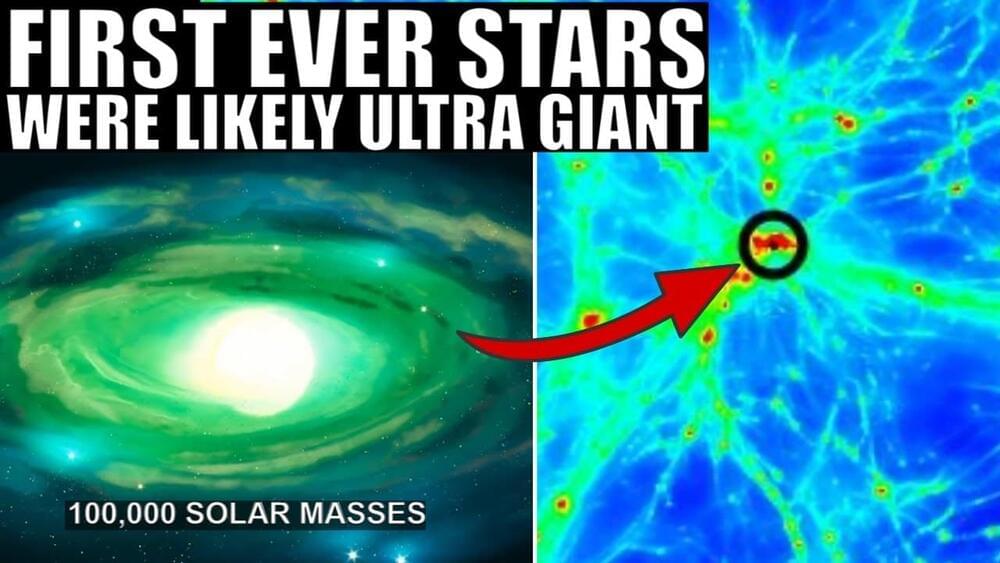
Get a Wonderful Person Tee: https://teespring.com/stores/whatdamath.
More cool designs are on Amazon: https://amzn.to/3wDGy2i.
Alternatively, PayPal donations can be sent here: http://paypal.me/whatdamath.
Hello and welcome! My name is Anton and in this video, we will talk about theories potentially explaining early stars and what they were like.
Links:
https://arxiv.org/abs/2301.
Continue reading “First Stars In the Universe Were Ultra Massive Existing Only 1000s of Years” »
Mar 16, 2023
How Big Is a Proton? Neutrinos Weigh In
Posted by Dan Breeden in category: particle physics
The team’s measurement of the proton’s radius was 0.73 femtometer, even smaller than the 0.84-femtometer electric charge radius. In either case, it is almost 10,000 times smaller than a hydrogen atom.
To be clear, this apparent 13 percent shrinkage is not a blow to the electric charge radius measurements and not as shocking as it may seem. The two measurements are complementary and work together to offer a big picture view of the little proton. Because they measure different distributions of matter, the discrepancy does not challenge our understanding of the proton the same way its previous 4 percent shrinkage did. Instead it adds to that understanding.
“The thing that makes this measurement really interesting is not whether or not it agrees with the electron measurements of the electromagnetic proton radius but the fact that it didn’t have to agree at all,” says Deborah Harris, co-spokesperson for the MINERvA experiment. This is because the way neutrinos interact with up quarks versus down quarks is very different from how quarks interact with electrons. Instead of an electromagnetic interaction, neutrinos interact via a different force called the weak force. (But don’t let its name fool you—the weak force is quite strong across subatomic distances!)
Mar 16, 2023
Faint gravitational waves may be from primordial fractures time
Posted by Dan Breeden in categories: particle physics, quantum physics
With each of these splittings, the universe completely remolded itself. New particles arose to replace ones that could exist only in extreme conditions previously. The fundamental quantum fields of space-time that dictate how particles and forces interact with each other reconfigured themselves. We do not know how smoothly or roughly these phase transitions took place, but it’s perfectly possible that with each splitting, the universe settled into multiple identities at once.
This fracturing isn’t as exotic as it sounds. It happens with all kinds of phase transitions, like water turning into ice. Different patches of water can form ice molecules with different orientations. No matter what, all the water turns into ice, but different domains can have differing molecular arrangements. Where those domains meet walls, or imperfections, fracturing will appear.
Physicists are especially interested in the so-called GUT phase transition of our universe. GUT is short for “grand unified theory,” a hypothetical model of physics that merges the strong nuclear force with electromagnetism and the weak nuclear force. These theories are just beyond the reach of current experiments, so physicists and astronomers turn to the conditions of the early universe to study this important transition.
Mar 16, 2023
Sentience: The Invention of Consciousness
Posted by Dan Breeden in categories: innovation, neuroscience
Author Nick Humphrey shares 5 key insights from his new book, Sentience: The Invention of Consciousness.
